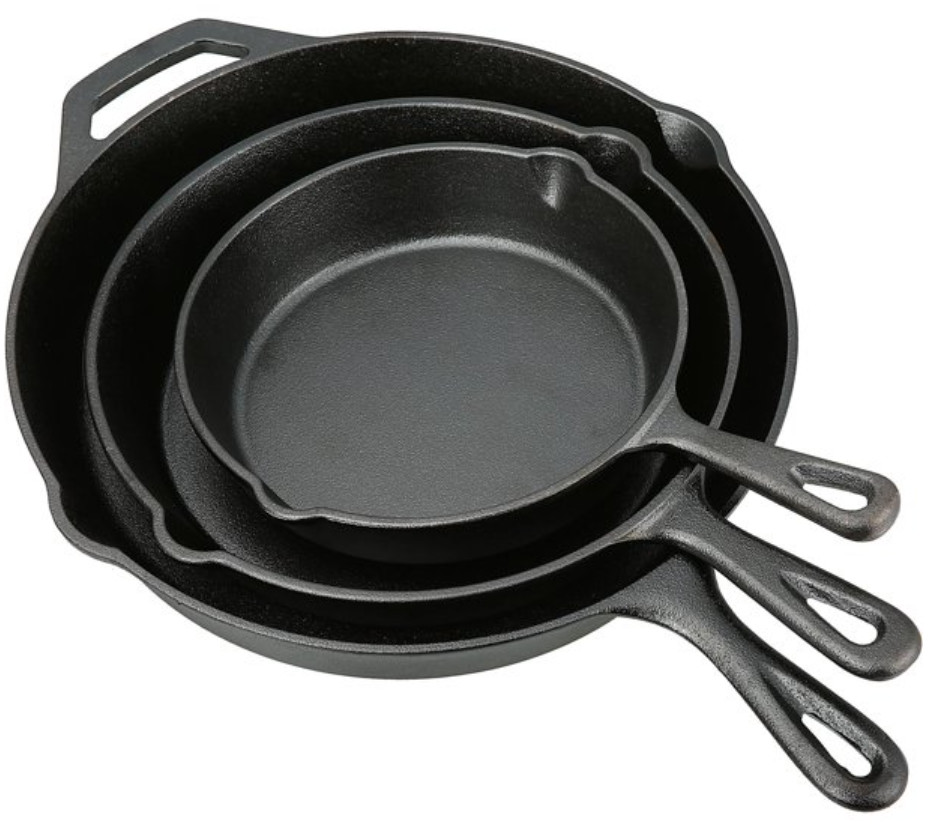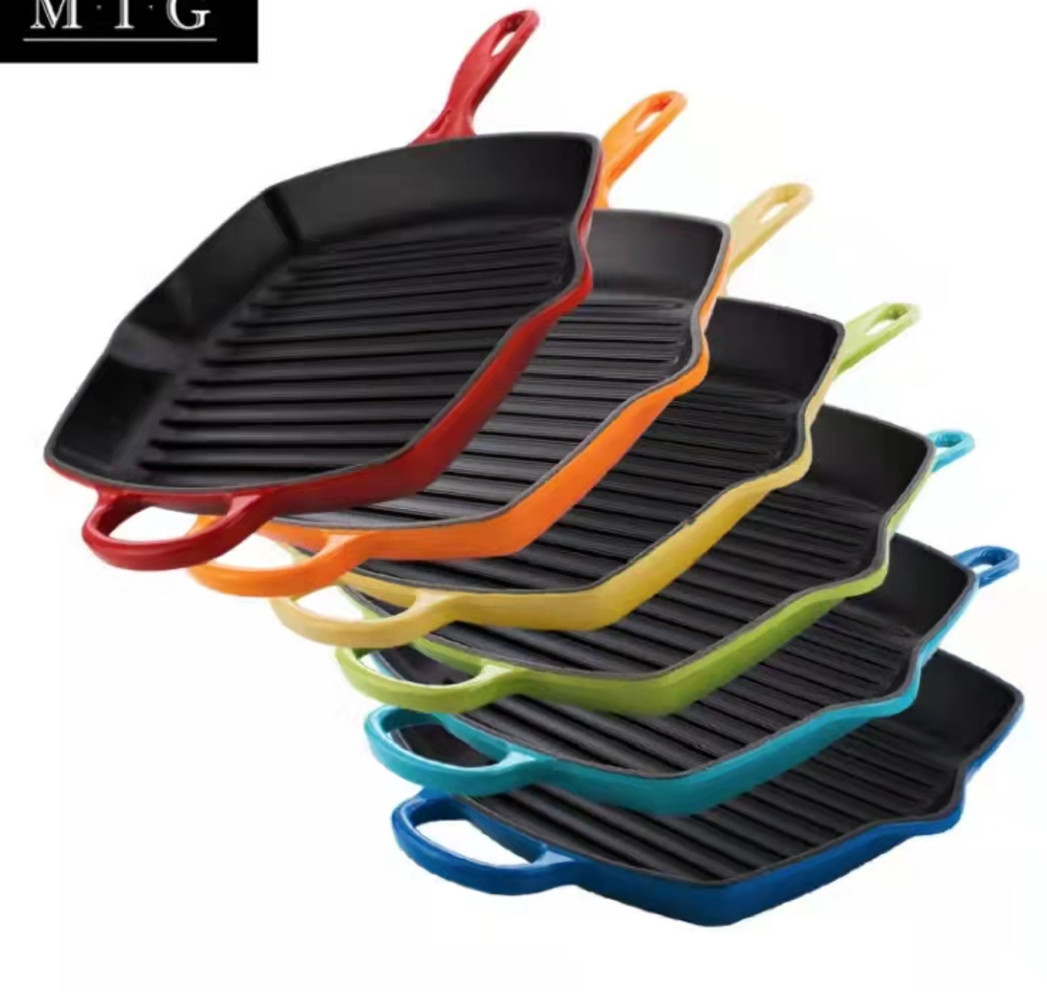- 150m ki te tonga, West DingWei Road, Nanlou Village, Changan Town, GaoCheng Area, Shijiazhuang, Hebei, Haina
- monica@foundryasia.com
Hune . 12, 2023 18:48 Hoki ki te rarangi
HE AHA TE KAI MAKA TE RINO
He aha te tunu tunu rino:
Ko te tunu kai rino he taputapu tunu kai taumaha he mea hanga mai i te rino whakarewa he uara mo te pupuri i te wera, te mauroa, te kaha ki te whakamahi i nga pāmahana tino tiketike, me te tunu kai kore-rakau ina tika ana te whakamaarama.
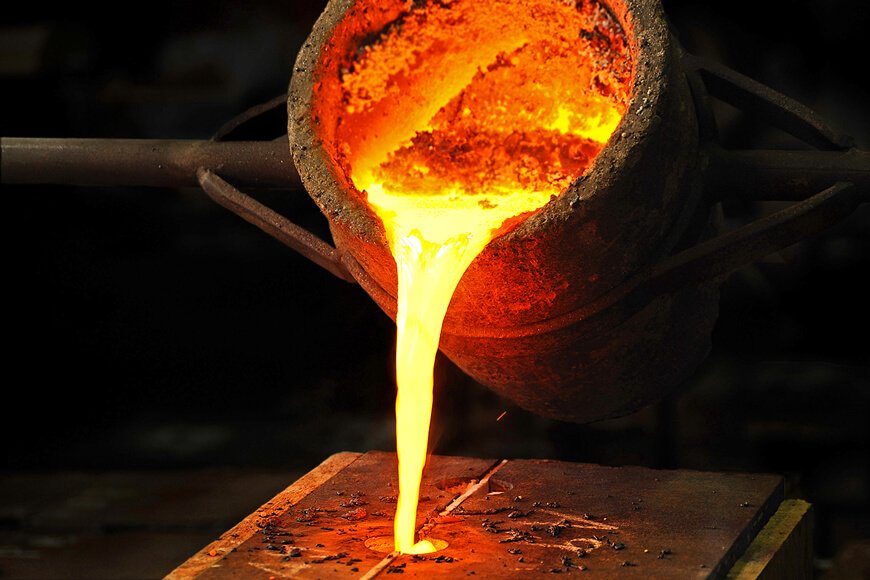
Te hitori o te tunu kai rino
In Asia, particularly China, India, Korea and Japan, there is a long history of cooking with cast iron vessels. The first mention of a cast-iron kettle in English appeared in 679 or 680, though this wasn't the first use of metal vessels for cooking. The term pot came into use in 1180. Both terms referred to a vessel capable of withstanding the direct heat of a fire. Cast-iron cauldrons and cooking pots were valued as kitchen items for their durability and their ability to retain heat evenly, thus improving the quality of cooked meals.
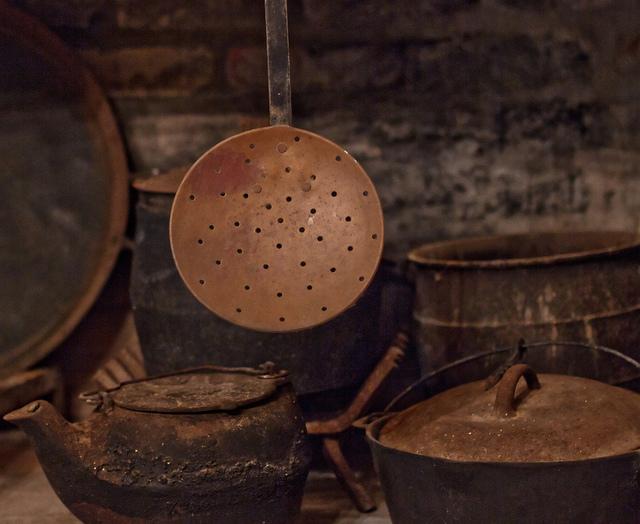
I Uropi me te United States, i mua i te whakaurunga o te umu kihini i waenganui o te rautau 1800, ka tunua nga kai ki roto i te kaa ahi, a, i hangaia nga kohua me nga paraharaha mo te whakamahi i roto i te oumu, ka whakairihia ranei ki roto.
Cast-iron pots were made with handles to allow them to be hung over a fire, or with legs so that they could stand in the coals. In addition to Dutch ovens with three or four feet, which Abraham Darby I secured a patent in 1708 to produce, a commonly used cast-iron cooking pan called a spider had a handle and three legs allowing it to stand upright over campfires as well as in the coals and ashes of a fireplace.
Ko nga kohua me nga paraharaha he waewae kore, he papa papatahi i whakamahia i te wa i rongonui ai nga umu tunu kai; i tenei wa o te mutunga o te rau tau 1800 ka uru mai te papa whenua
cast-iron skillet.
Ko te tunu kai rino he tino rongonui i waenga i nga kaihanga whare i te haurua tuatahi o te rau tau 1900. He taputapu tunu kai iti, engari he roa. Ko te nuinga o nga whare o Amerika he paraharaha tunu rino kotahi neke atu.
I te rautau 1900 i kitea ano te whakaurunga me te rongonui o nga taputapu tunu rino kua whakakikoruatia ki nga tohu.
Today, of the large selection of cookware that can be purchased from kitchen suppliers, cast iron comprises only a small fraction. However, the durability and reliability of cast iron as a cooking tool has ensured its survival. Cast-iron pots and pans from the 19th and 20th century continue to see daily use to the present day. They are also highly sought after by antique collectors and dealers. Cast iron has also seen a resurgence of its popularity in specialty markets. Through cooking shows, celebrity chefs have brought renewed attention to traditional cooking methods, especially the use of cast iron.
Hua tino nui
Ko nga momo taputapu tunu rino ko te parai parai, te umu Tatimana, te paraharaha, te rino waffles, te perehi panini, te parai hohonu, te woks, te fondu me te potjies.
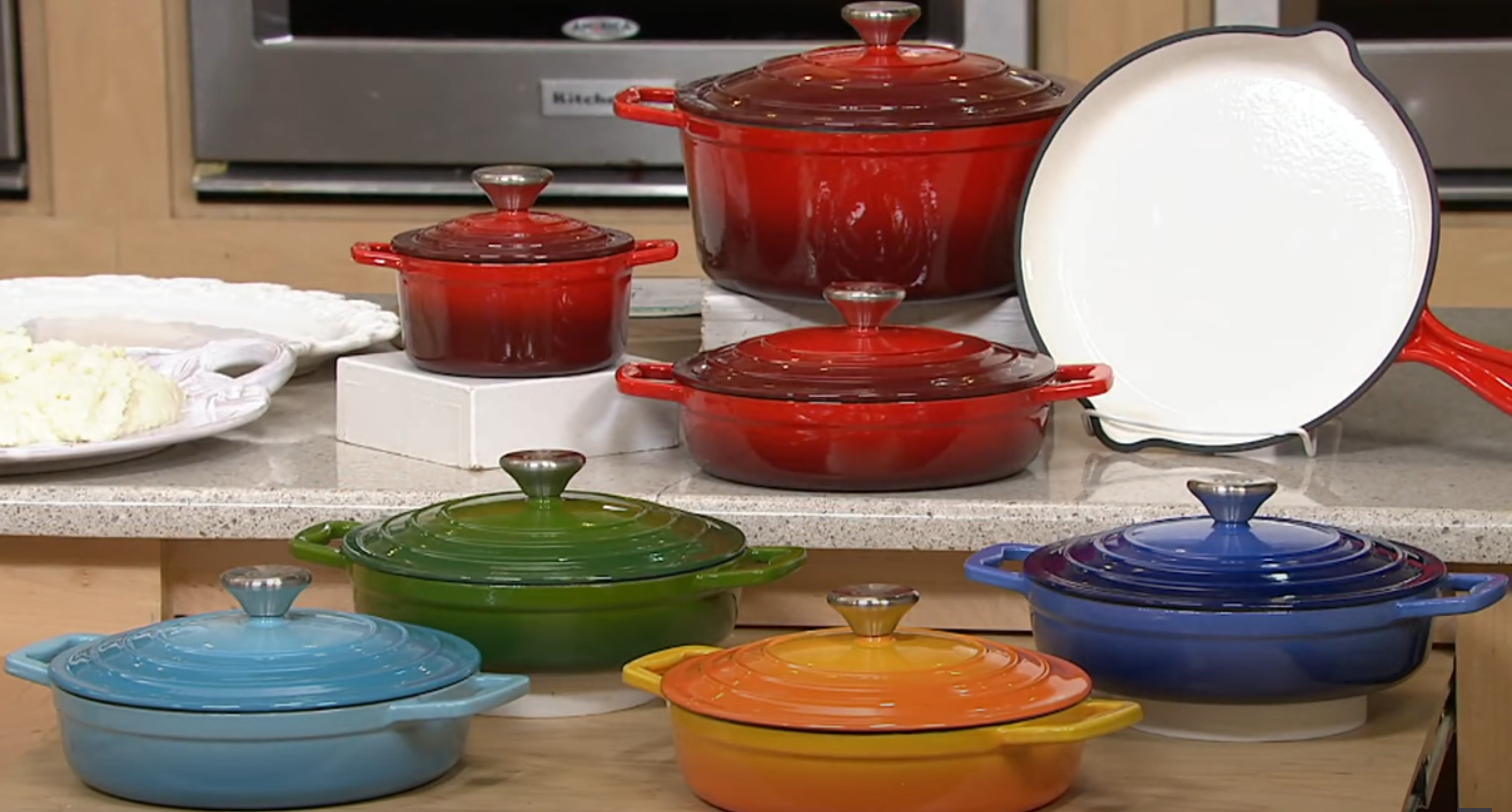
Nga painga o te tunu kai rino
Cast iron's ability to withstand and maintain very high cooking temperatures makes it a common choice for searing or frying, and its excellent heat retention makes it a good option for long-cooking stews or braised dishes.
Because cast-iron skillets can develop a "non-stick" surface when cared for properly, they are excellent for frying potatoes or preparing stir-fries. Some cooks consider cast iron a good choice for egg dishes, while others feel the iron adds an off-flavor to eggs. Other uses of cast-iron pans include baking, for instance for making cornbread, cobblers and cakes.
Many recipes call for the use of a cast-iron skillet or pot, especially so that the dish can be initially seared or fried on the stovetop then transferred into the oven, pan and all, to finish baking. Likewise, cast-iron skillets can double as baking dishes. This differs from many other cooking pots, which have varying components that may be damaged by the excessive temperatures of 400 °F (204 °C) or more.
-
Product introduction of Changan Cast Iron Co., LTD
RongorongoJan.24,2024
-
The Impact of the Leidenfrost Effect on Non-Stick Properties of Cast Iron Titanium Coated Cookware
RongorongoJan.24,2024
-
Te Tirotiro i te Wehenga Tuinga——Te Tiu Tiu Tiu Ki te Tiu Tiu Taarua
RongorongoHanuere03,2024
-
Awheawhe Whakapaipai Kua Whakahoutia me te Papa me te Rokiroki Ahu-3 mo nga Taonga
RongorongoTihema 29,2023
-
Ko te horoi i tetahi kohua rino rino kua whakamahia ka taea te mahi pai me nga mahi e whai ake nei:
RongorongoTihema 27,2023
-
Hanganga Metallographic mo te tohu i runga i te rino maka
RongorongoTihema 27,2023
